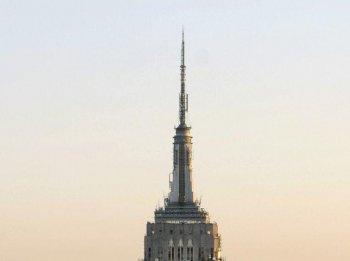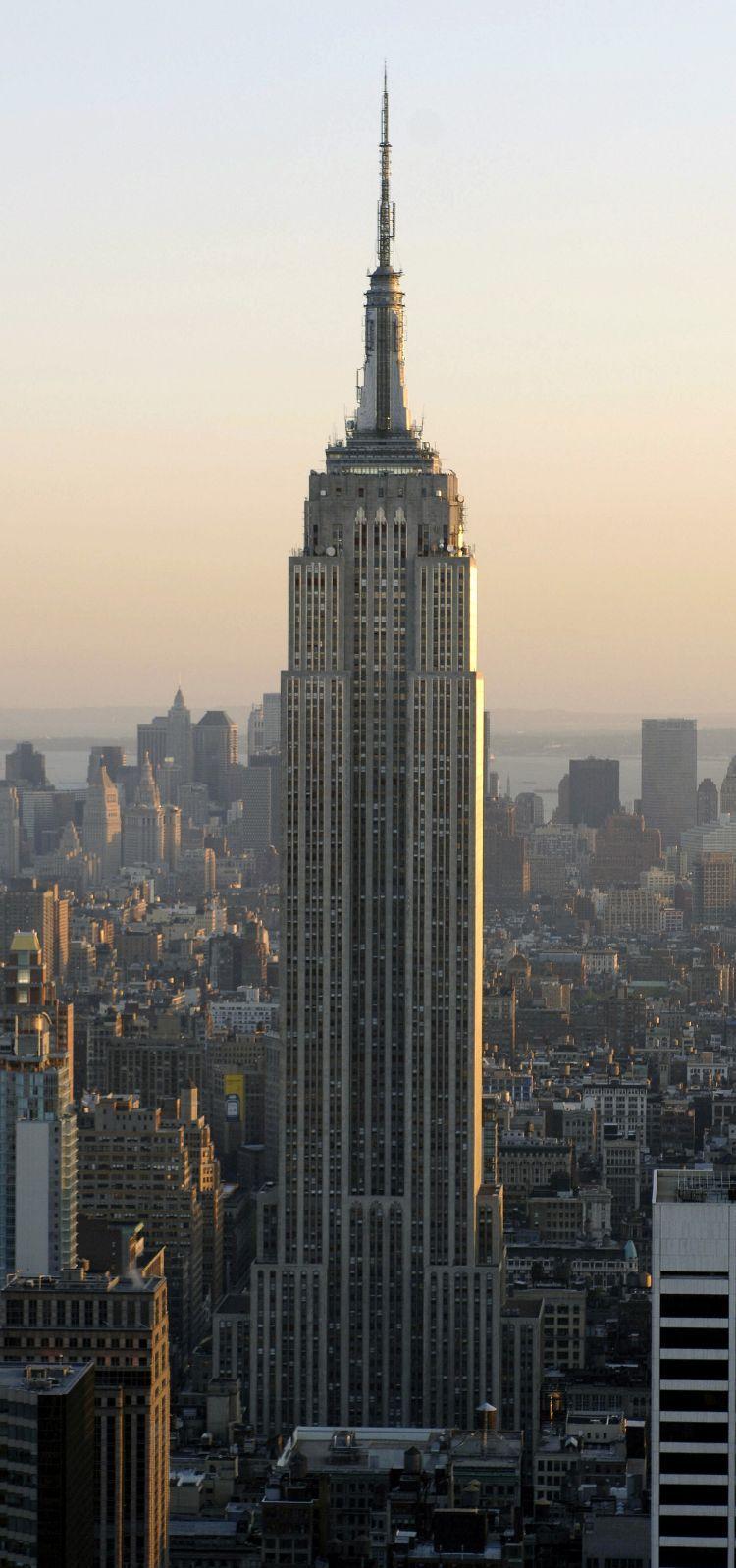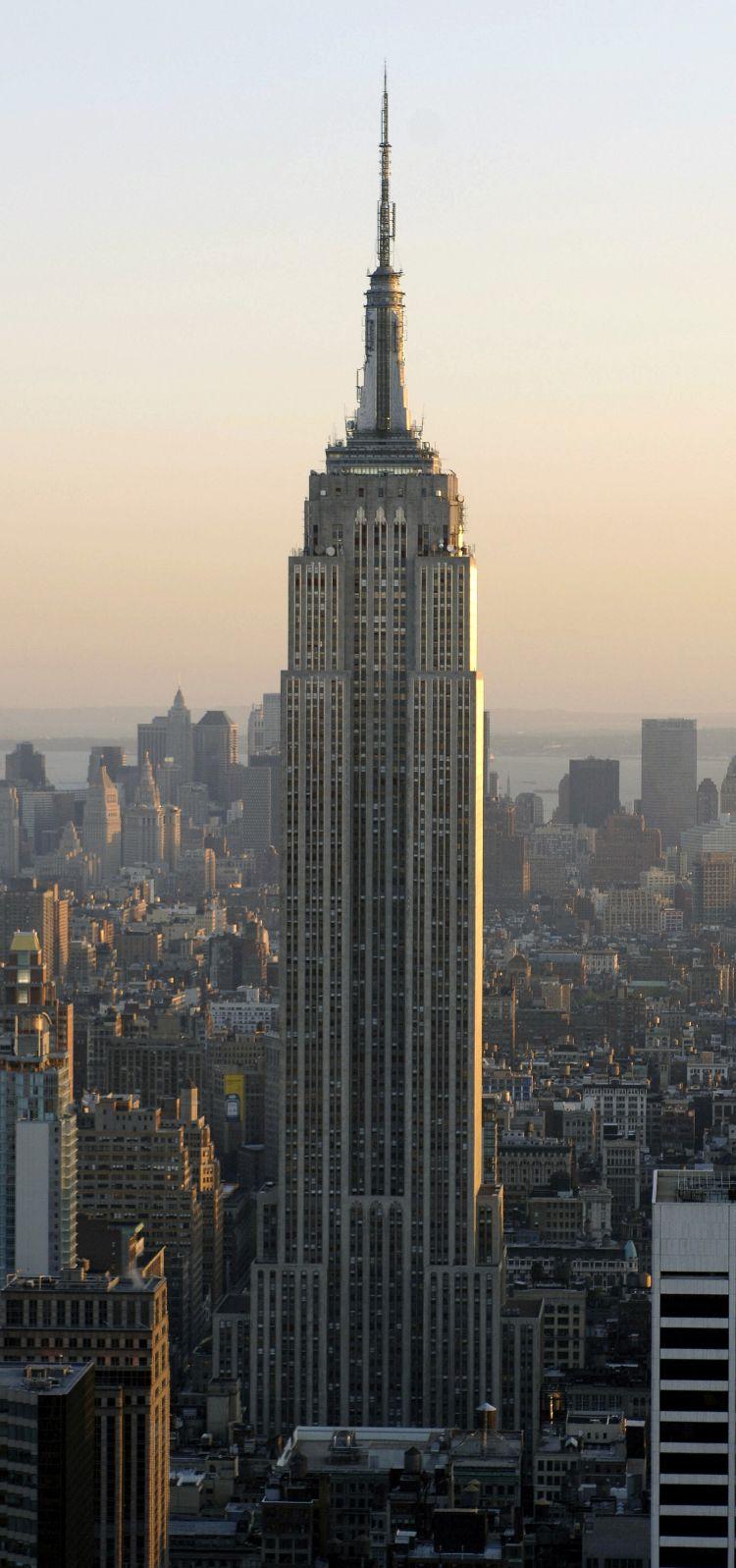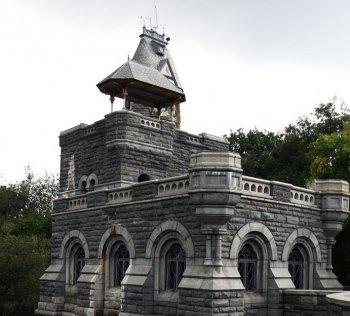New York City Structures: The Empire State Building
NEW YORK—Stately, squared shouldered and heads above the rest—the Empire State Building turned 80 on Friday, May 1.

ICON: The Empire State Building celebrated its 80th birthday on May 1. Stan Honda/AFP/Getty Images
|Updated:



